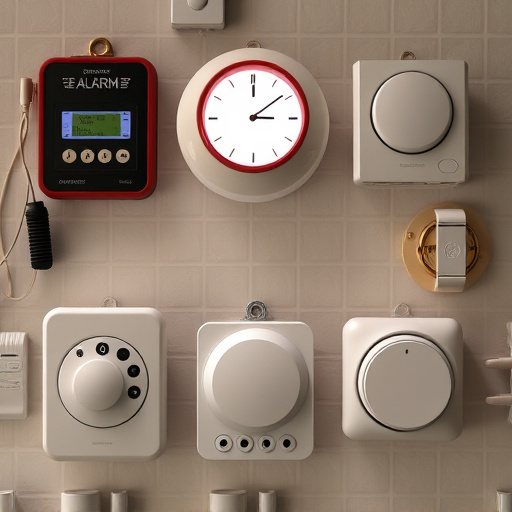Seniors' safety requires tailored solutions like wearable security alarms with loud, distinct personal alarm sounds to attract attention during emergencies. These devices offer adjustable coverage areas for customized safety zones, aiding independence while providing peace of mind. Optimal selection of personal alarm sounds, based on usage settings and customization, enhances effectiveness in diverse environments, ensuring swift help for seniors living independently.
With increasing lifespans, ensuring senior safety becomes paramount. Wearable security alarms offer a vital solution for independent living. This article explores how these devices cater to unique senior safety needs, highlighting key features like discreet design, long-lasting battery life, and automatic fall detection. We delve into effective personal alarm sound strategies, emphasizing the importance of loud, distinct tones within a suitable Personal Alarm Sound Coverage Area to ensure prompt assistance in emergencies.
- Understanding Senior Safety Needs
- Key Features of Wearable Alarms
- Effective Personal Alarm Sound Strategies
Understanding Senior Safety Needs
Seniors have unique safety needs, and understanding these is crucial when introducing new solutions like wearable security alarms. As people age, their physical capabilities and independence may diminish, making them more susceptible to accidents or emergencies in environments they are familiar with. Seniors often require immediate assistance during falls, medical crises, or even when alone at home.
One of the key aspects to consider is the personal alarm sound—a loud, distinct signal that alerts nearby responders or family members. The coverage area also plays a vital role; ensuring the signal reaches emergency contacts within a suitable range. This feature enables seniors to maintain their independence while having peace of mind knowing help can arrive promptly if needed.
Key Features of Wearable Alarms
Wearable security alarms for seniors offer a range of key features designed to provide peace of mind and swift assistance in case of emergencies. These devices are typically lightweight, water-resistant, and easy to use, ensuring comfort and convenience for the user. One of the most critical aspects is the personal alarm sound—a loud, distinctive signal that can attract attention and alert neighbors or caregivers quickly.
Additionally, these alarms often come with adjustable settings for the coverage area, allowing users to customize their safety zone. This feature ensures that help can be summoned promptly if a senior wanders outside their designated safe area, making it an invaluable tool for those with memory loss or cognitive impairments.
Effective Personal Alarm Sound Strategies
Choosing the right personal alarm sound is crucial for effective coverage area and user responsiveness. Traditional beeps or sirens, while noticeable, might not penetrate noisy environments or reach nearby assistance quickly. Modern personal alarms offer a range of sounds designed to capture attention and convey urgency, from loud, high-pitched tones to vocal alerts that clearly communicate distress.
Consider the setting where the alarm will primarily be used—at home, outdoors, or in public spaces—to select a sound that stands out. Some devices even allow customization, letting users personalize their alarm sounds based on preference and situational needs. Effective personal alarm sound strategies ensure that help can be summoned promptly, enhancing safety for seniors living independently.
Wearable security alarms cater specifically to the unique safety needs of seniors, offering a sense of independence and peace of mind. By equipping individuals with a personal alarm that can instantly alert emergency services within a specified coverage area, these devices ensure timely response in case of falls or emergencies. The key lies in choosing a device with reliable features and an effective personal alarm sound to guarantee prompt assistance. Understanding both the user’s requirements and the technology available is essential to selecting the best wearable alarm for optimal senior safety.
